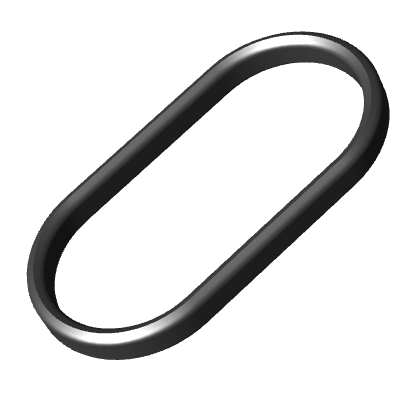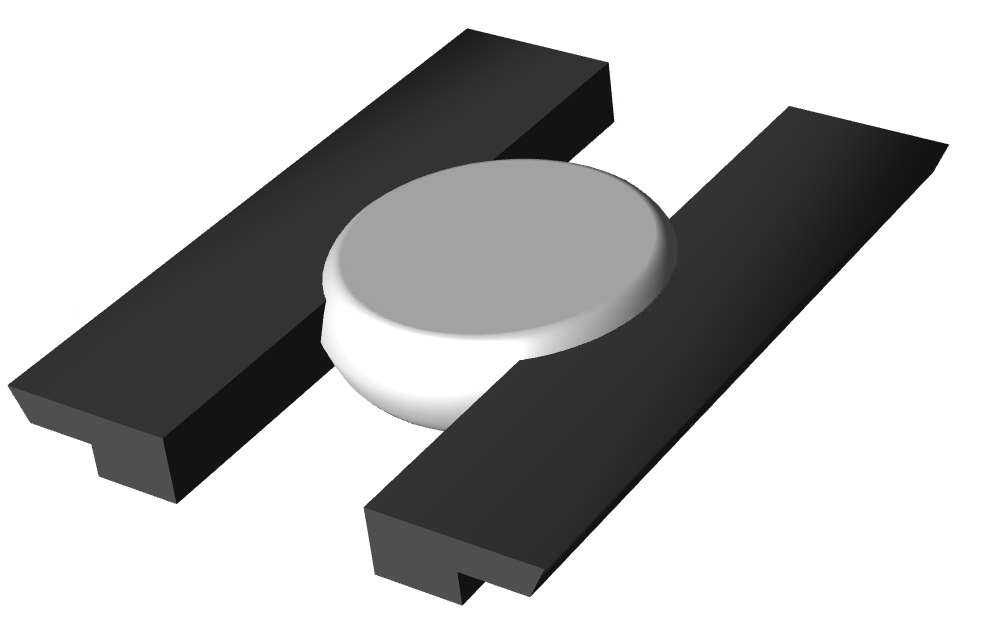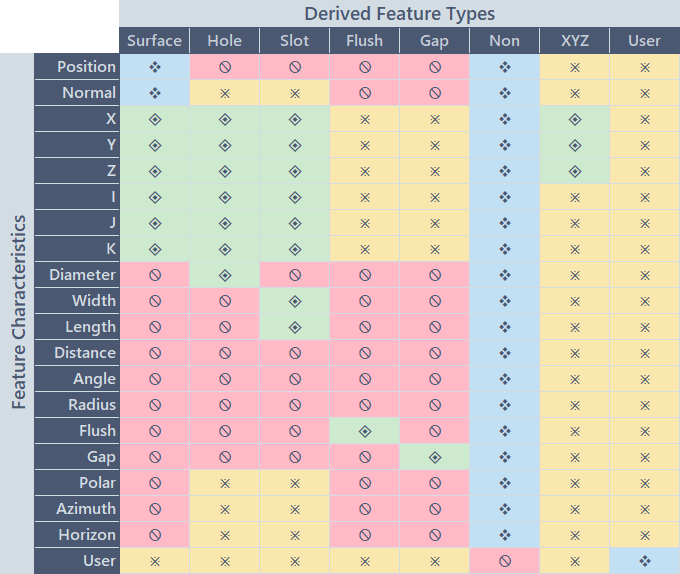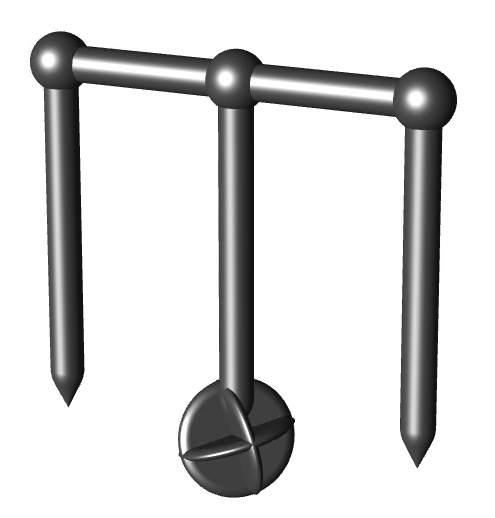A Feature is a collection of characteristics that relate to the data collection or sampling process. Features will typically have one or more characteristics that represent their nominal (designed) values and actual (measured) values. Features also have descriptive properties that represent their non-measured information such as appearance, ordering, and status. Features are identified with a label that is unique within a routine. A feature’s nominal characteristics represent its designed values, and its actual characteristics represent its measured values.
Feature Characteristics
A Characteristic represents a measurable dimension or parameter of a feature such as a nominal X value, or an actual Y value. A characteristic might be associated to many features. Having created feature and characteristic definitions, many different feature types can be defined to identify and extract data from a wide variety of file formats. A feature such as a point will generally have XYZ and IJK nominal data. A hole, however, will also have a diameter. See the matrix below to see which characteristics make up each feature type.
Derived Feature Types
CM4D derives the Feature type by looking at the characteristics of a feature, and if it meets certain criteria, it will define it as one of the feature types in the Feature Type Rules table below.
| Type | Description | Feature Specific Marker |
| Surface | A feature with either Position or Normal characteristics with XYZ and IJK characteristics. It can also have User characteristics. |  |
| Hole | A feature with a Diameter characteristic with XYZ and IJK characteristics. It can also have Normal, Polar, Azimuth, Horizon or User characteristics. |  |
| Slot | A feature with Width and Length with XYZ and IJK characteristics. It can also have Normal, Polar, Azimuth, Horizon or User characteristics. |  |
| Flush | A feature with a Flush characteristic. It can also have XYZ, IJK or User characteristics. IJK characteristics can be present, but are not used by CM4D. Adding IJK characteristics does not alter any current analysis or reporting. |
 |
| Gap | A feature with a Gap characteristic. It can also have XYZ, IJK or User characteristics. IJK characteristics can be present, but are not used by CM4D. Adding IJK characteristics does not alter any current analysis or reporting. |  |
| XYZ | A feature with XYZ characteristics but does not meet the requirements of any other feature type. It can also have any other characteristics, but these do not identify it as any other derived feature type. |  |
| Non | A generic feature with at least one characteristic except for a User characteristic but does not meet the characteristic requirements of any other feature type. |  |
| User | A custom user-defined feature with at least one User characteristic but does not meet the requirements of any other feature type. It can also have any other characteristics. |  |
Derived Feature Type Rules
Feature types are derived based on the characteristics that are present when data is entered into the database. The matrix below shows the characteristic criteria used to derive each feature type and which are required for the constructed types.


Constructed Feature Types
Constructed Features are features that are fabricated by CM4D using existing Features as Reference Features. These calculated features can have any feature characteristics. The type is not derived based on characteristics like they are for the standard features in CM4D, but rather the type is determined by the feature type assigned as a property of the feature.
| Type | Description | Feature Specific Marker |
| Distance | A calculated feature representing the distance between two features. It can also have Normal, Polar, Azimuth, Horizon or User characteristics. |  |
| Midpoint | A calculated feature representing the middle point between two features. |  |
| Plane | A calculated feature representing the plane created by three features. |  |
| Polar | A calculated feature that represents the Miniball radius of one or more features. This feature type is used in single sample Polar chart. Hole or Slot features with a Polar characteristic is a valid derived feature when you have multiple samples in a Polar chart.
See the topic Polar Charts for more information on Polar features and Miniball/Zeroball calculations. |
|
| Range | A calculated feature that represents the range of values of one or more features. |  |
| Reference | A non-inspected feature point whose measurement values always have a deviation of zero. |
See also, Constructed Features.